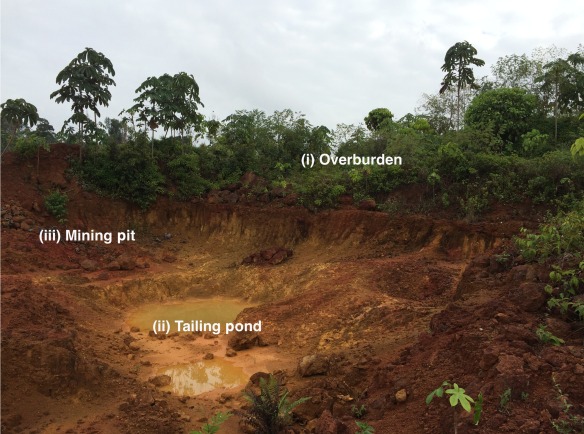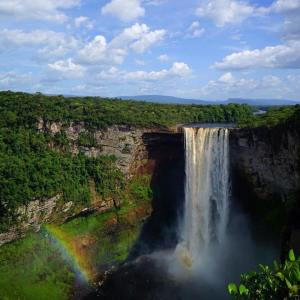When it comes to logging, it may be possible to have our timber and our tropical forests, too. The key, according to a report in the journal Current Biology on December 1, is careful planning and the use of reduced-impact logging (RIL) practices that avoid unnecessary damage to the surrounding forest.
“Four million square kilometres of tropical forest are designated for logging globally,” says Jake Bicknell of the University of Kent in the United Kingdom, noting that this represents an area larger than the size of India. “Even if we could improve timber harvesting operations across a proportion of this area, the benefits for biodiversity and its conservation would be very substantial indeed.”
RIL practices reduce the level of damage within the forest that is caused by tree harvesting, Bicknell explains. Those practices include well-planned logging roads, directional felling so that cut trees do not crush those that should be left standing, and cutting vines that might otherwise pull nearby trees down along with those marked for cutting.
The researchers conducted a meta-analysis of studies, including some conducted in Guyana, and compared diversity in primary tropical forest using conventional logging and RIL. They found consistently lower effects of RIL in comparison to conventional logging practices, with smaller shifts in species abundance following RIL logging. RIL logging appears to cause less harm to birds, arthropods, mammals, and especially bats.

The new study comes as welcome news following another report in Current Biology showing that even the removal of very few trees can have a devastating impact on forest animals, and on mammals and amphibians in particular. The latest study suggests that this is because “harvest intensities are not always indicative of actual disturbance levels resulting from logging.” In many cases, plenty of unnecessary damage to the forest is being done.
Consumers can do their part by demanding wood that is RIL certified, although it may be hard to come by for now. Currently, less than five percent of timber production forests meet that standard. Bicknell nevertheless sees reason for optimism.
“The guidelines are already in place, the logging techniques are available, and the expertise exists, so there is little excuse for timber companies not to implement RIL,” he says. “Economically, RIL can bring greater profits to timber companies over the long term, although the initial expenses may be slightly greater than with conventional practices.
“The issue is now advocating the diverse benefits of RIL to stimulate widespread uptake of the techniques. If policy makers and companies respond to the growing scientific evidence-base and move away from the business-as-usual scenario, then I am confident that future prospects for tropical forests and the biodiversity they contain will be much improved.”
Current Biology, Bicknell et al.: “Improved timber harvest techniques maintain biodiversity in tropical forests”






